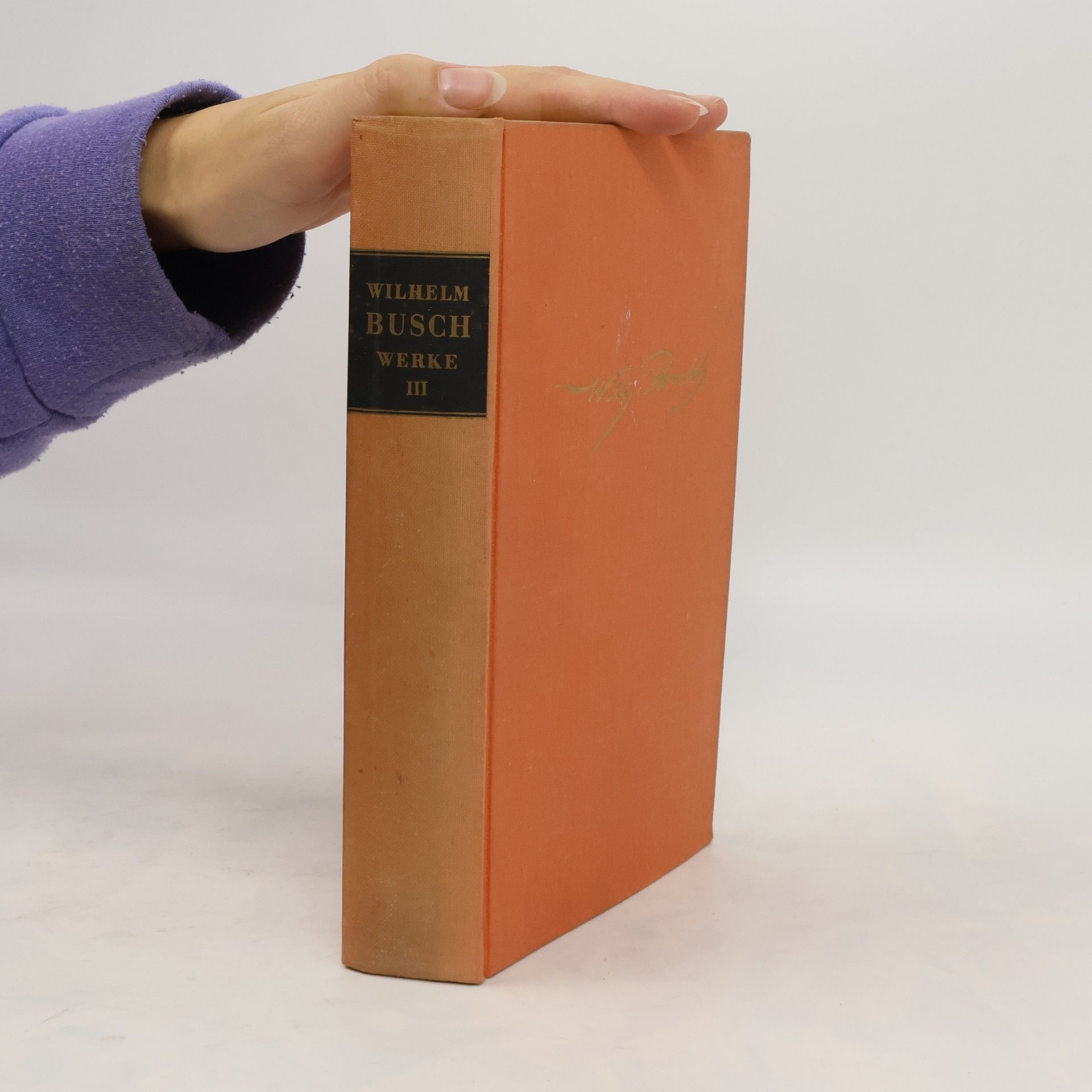The 8th International Workshop on Magnetic Particle Imaging took place in Hamburg, March 2018. Since the first workshop in 2010, the International Workshop on MPI (IWMPI) has been the premier forum for researchers working in the MPI field. The workshop aims at covering the status and recent developments of both the instrumentation and the tracer material, as they are equally important in designing a well performing MPI system. The main topics presented at the workshop include hardware developments, image reconstruction and systems theory, nanoparticle physics and theory, nanoparticle synthesis, spectroscopy, patient safety, and medical/research applications of MPI: www.iwmpi.org.
Tobias Knopp Livres





Magnetic Particle Imaging (MPI) is a novel imaging modality that uses various static and oscillating magnetic fields to image the spatial distribution of superparamagnetic iron oxide nanoparticles (SPIOs) with high sensitivity, no tissue background, and no ionizing radiation. The method exploits the non-linear magnetization behavior of the SPIOs, and has shown great potential to surpass current in vivo imaging modalities in terms of sensitivity, safety, quantitation, and spatio-temporal resolution. MPI is well suited for clinical applications such as angiography, cancer imaging, and inflammation imaging; as well as research applications such as stem cell imaging and small animal imaging.
Magnetic Particle Imaging (MPI) is a novel imaging modality. In MPI superparamagnetic iron oxide nanoparticles are used as tracer materials. The volume is the proceeding of the 2nd international workshop on magnetic particle imaging (IWMPI). The workshop aims at covering the status and recent developments of both, the instrumentation and the tracer material, as each of them is equally important in designing a well performing MPI. For instance, the current state of the art in magnetic coil design for MPI is discussed. With a new symmetrical arrangement of coils, a field-free line (FFL) can be produced that promises a significantly higher sensitivity compared with the standard arrangement for a FFP. Furthermore, the workshop aims at presenting results from phantom and pre-clinical studies.
Das bildgebende Verfahren Magnetic-Particle-Imaging (MPI) ermöglicht es, die örtliche Verteilung super-paramagnetischer Eisenoxid-Nanopartikel mit hoher räumlicher und zeitlicher Auflösung zu bestimmen. Tobias Knopp erläutert zunächst die Rekonstruktion von MPI-Daten und entwickelt auf Grundlage eines Modells der MPI-Signalkette eine effiziente Methode zur Bestimmung der Systemmatrix. Für die Rekonstruktion der örtlichen Partikelverteilung nutzt er einen gewichteten, regularisierten Kleinste-Quadrate-Ansatz. Er zeigt, dass durch die Verwendung iterativer Verfahren mit einer speziellen Zeilengewichtung die Rekonstruktionszeit gegenüber direkten Verfahren deutlich verkürzt werden kann. Im zweiten Teil der Arbeit stellt der Autor verschiedene neuartige Spulentopologien vor: Zum einen eine Spulenanordnung, bei der alle felderzeugenden Elemente von nur einer Seite an das Messobjekt herangeführt werden, sodass ein offener Patientenzugang entsteht. Zum anderen eine effiziente Spulentopologie für die Generierung einer rotierenden feldfreien Linie, mit der eine vollkommen neue Form der Bildkodierung mit deutlich höherer Sensitivität realisiert werden kann.